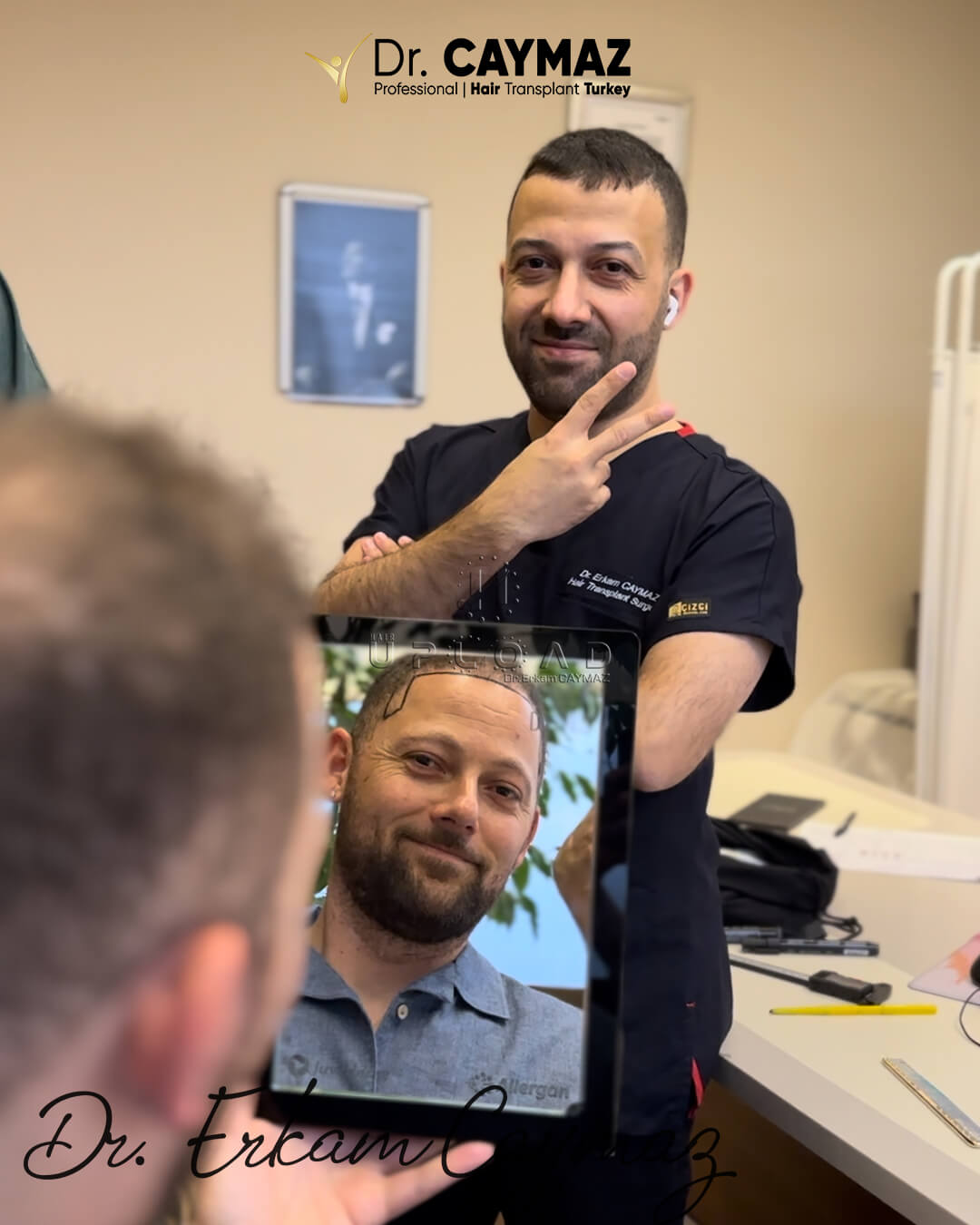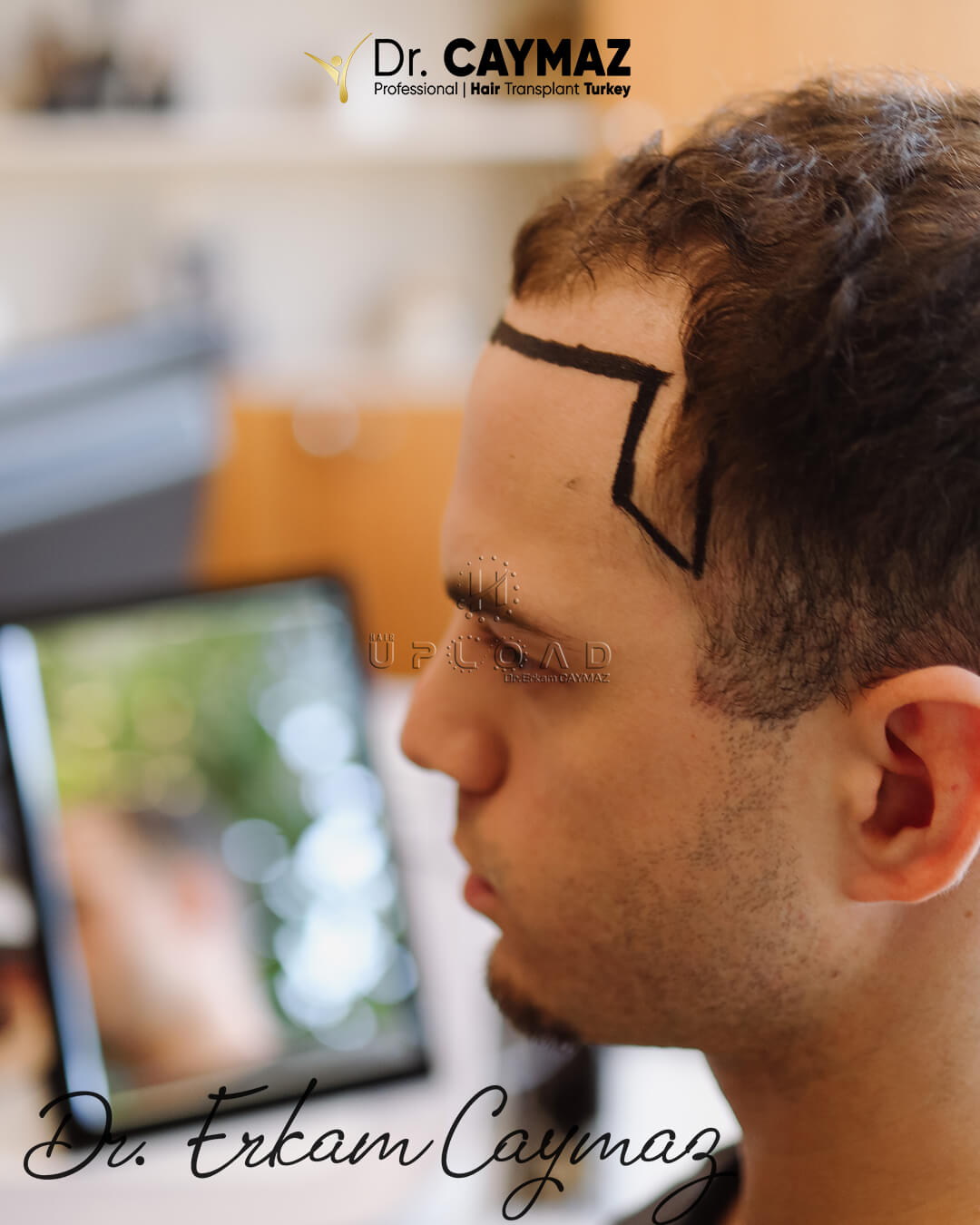The goal of achieving symmetry is often associated with the pursuit of beauty. Symmetry refers to a harmonious balance that is pleasing to the eye. In hair transplantation, this goal is reflected in the desire for an even distribution of density, direction, and hairline on both sides of the head. However, it is worth considering whether absolute symmetry is truly necessary for a successful transplant, or if a touch of asymmetry might hold its own unique charm.
The Case for Symmetry:
- Aesthetic Appeal: Symmetry resonates with our inherent sense of order and proportion. A balanced hairline enhances facial features, creating a pleasing visual harmony that radiates confidence.
- Concealing the Procedure: For some, hair transplantation is a private choice, and a symmetrical outcome effectively masks the telltale signs of intervention. In a world with preconceived notions about cosmetic procedures, maintaining an undetectable appearance can be a priority.
Embracing Asymmetry:
- Reality Check: Human faces, like nature itself, rarely exhibit perfect symmetry. A slight imbalance in the hairline or density can reflect the natural asymmetry inherent in our facial bone structure and muscle distribution. Insisting on absolute symmetry might clash with this inherent human irregularity.
- Uniqueness and Character: Embrace the idea that asymmetry can be beautifully individual. A subtly different hairline on one side, a playful swirl of growth, or a strategically placed density variation can add depth and character to the face. This departure from the “manufactured” look celebrates the individuality and personal narrative etched into every person’s features.
The Ultimately Personal Choice:
The decision to prioritize symmetry in hair transplantation rests squarely on your shoulders. There’s no single “correct” answer, and the ideal path hinges on your personal preferences and aesthetic goals. Here are some key factors to ponder:
- Your Natural Canvas: If your natural hairline already leans towards asymmetry, mirroring it in the transplant might be more harmonious than forcing perfect symmetry.
- Hair Texture: Managing symmetry is easier with straight, predictable hair than with the playful whims of curly strands.
- Cost Considerations: Achieving perfect symmetry might involve additional graft placements and expertise, impacting the overall budget.
Open Communication is Key:
Before beginning this journey, it is important to have an open and honest conversation with a qualified surgeon. Discuss your vision, desires, and concerns candidly. A skilled surgeon will understand your aesthetic goals and propose a personalized plan that balances your desire for naturalness with the potential allure of embracing a touch of asymmetry. It is important to remember that your hair transplant should celebrate your individual beauty, rather than pursuing unattainable perfection.
Embrace the interplay between nature and aesthetics and let your hair transplant reflect the unique story etched in your features. Whether through the grace of perfect symmetry or the captivating charm of a carefully crafted asymmetry, the final choice is yours. Success lies in celebrating the beauty that comes in all its perfect imperfections.
Summary
When discussing hairline symmetry, it is important to consider individual preferences and natural variations, as not everyone’s hairline is naturally 100% symmetrical. Patients may desire a symmetrical hairline, but it is important to note that complete symmetry may not be achievable or desirable for everyone. When discussing hairline symmetry, it is important to consider individual preferences and natural variations, as not everyone’s hairline is naturally 100% symmetrical. When discussing hairline symmetry, it is important to consider individual preferences and natural variations, as not everyone’s hairline is naturally 100% symmetrical. It is important to respect individual differences and preferences. Surgeons aim to create a symmetrical hairline, which is considered aesthetically pleasing by many. A hairline that is 95% symmetrical looks good, and this effect is even more pronounced on afro-type hairlines, which are naturally straight. However, it is not necessary for afro-haired people to have perfectly symmetrical hairlines. A symmetrical approach can create a natural look, but excessive symmetry should be avoided.
When determining and drawing a hairline, it is crucial to consider the individual’s unique features. It is important to pay attention to the golden ratio and facial muscle structures before focusing on symmetry. The hairline should be drawn accordingly, using clear and concise language.






